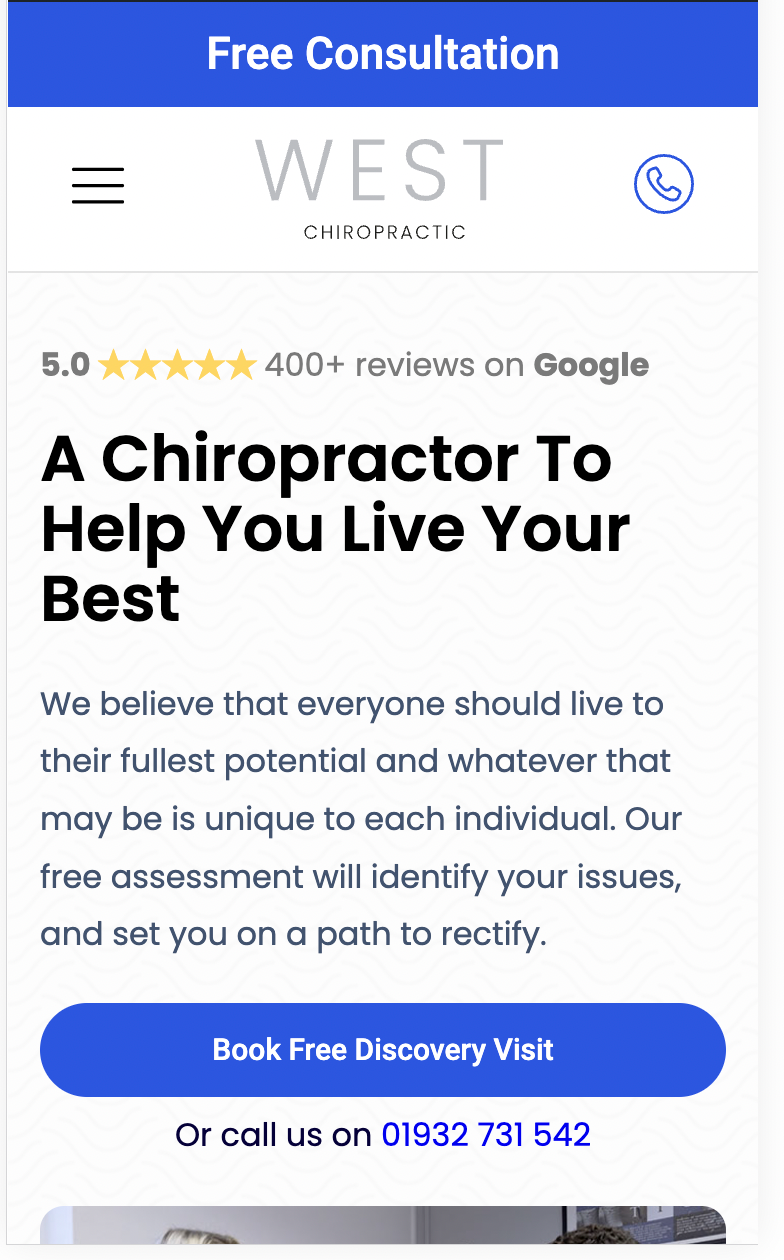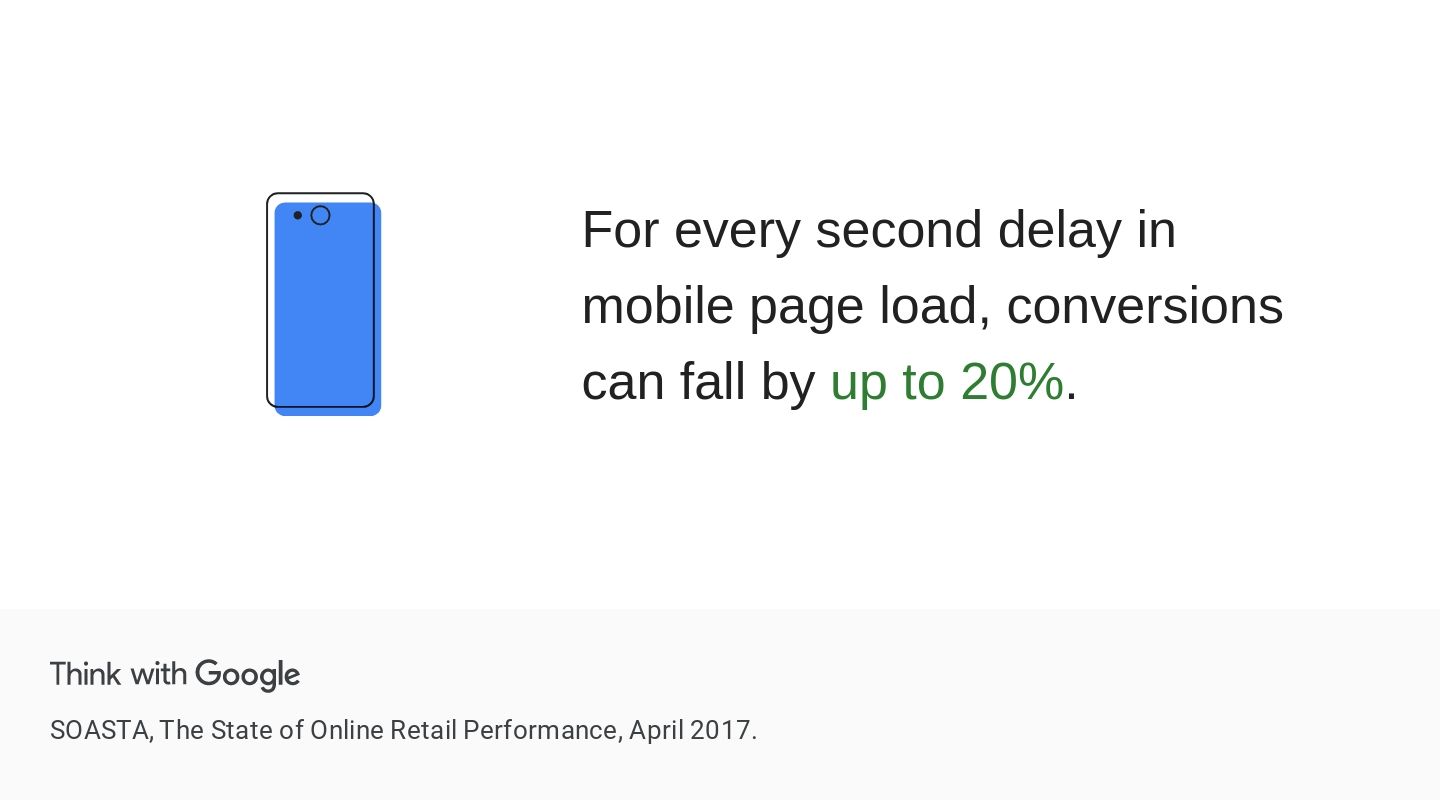How an integrated chiropractor marketing strategy supported lead generation growth by 366%
In the last ten years, healthcare marketing has undergone several significant changes that have altered its fundamental principles.
According to the Journal of Medicine and Life, the dynamic evolution of life has inevitably impacted the healthcare system, making healthcare marketing an essential component of health brands.
It is crucial for healthcare companies to adopt effective marketing strategies to ensure continued growth and patient success.
Klatch employed an integrated digital marketing strategy that helped a healthcare client expand from one to three practices, resulting in a remarkable 366% growth in a span of just 24 months.
In this article, we will outline the exact steps and processes that were taken to achieve this astounding growth.
Table of Contents
- What is an integrated healthcare marketing strategy?
- What is SEO?
- What is PPC?
- What is CRO?
- Leverage the entirety of the search engine results page (SERP)
- Lower the barrier to enquiry
- Showcase authority, credibility and proof
- Create a problem-focused content strategy
- Make sure your pages load fast
- Implement effective tracking across all enquiry routes
- Tracking marketing return on investment
- Tracking organic search performance
What is an integrated healthcare marketing strategy?
An integrated healthcare marketing strategy optimises a healthcare clinic's online presence to get more visibility and leads from search engine users.
According to Google Health Vice President David Feinberg, about 7% of Google's daily searches are health-related. With over 70,000 search queries every minute, this translates into over 1 billion daily.
Effective digital marketing can help various healthcare providers across the healthcare industry. This includes healthcare professionals from doctors to chiropractors, e-commerce websites, medical software, and pharmacies. But getting more traffic is only half the story. You'll need to ensure that your website performance and conversions are optimised. That's where leveraging SEO, PPC, and CRO comes into play.
What is SEO?
SEO is about improving your website to rank higher on search engines like Google, making it easier for people to find your site.
What is PPC?
PPC, or Pay-Per-Click, is an online advertising model where advertisers pay a fee each time their ad is clicked, driving traffic to their website.
What is CRO?
CRO, or Conversion Rate Optimisations, is improving your website to increase the percentage of visitors who take desired actions, such as submitting a lead or booking a consultation.
Leveraging these three pillars of acquisition, SEO, PPC, and CRO can help your site generate cost-effective leads quickly and sustainably, limit costs and drive leads to increase patient numbers.
Leverage the entirety of the search engine results page (SERP)
Search engine ads: Google Ads and Bing Ads
Leveraging search engine ads enables you to tap into high-intent searches immediately. Here are some keyword examples are below:
- Dentist near me (301,000 searches a month, London, UK).
- Physical therapy near me (1,300 monthly searches, Los Angeles, California).
- Sciatica Treatment (27,100 searches a month in Bristol, UK).
The increased high-intent traffic also enables you to start looking into CRO improvements through tools like Hotjar.
Ensure an effective and holistic local SEO approach
Local SEO focuses on a business's online presence to attract more customers from local searches. There are two primary ways to attract high-intent traffic through local searches:
- Location relevant queries
- Google My Business profile
You can dominate search results and drive traffic by leveraging SEO and Google Ads effectively. Below, you can see how Klatch has utilised all search real estate for their client's benefit.
- Google Ads
- Google My Business Location #1
- Google My Business Location #2
- Organic position #1

Lower the barrier to patient lead conversion
Create a compelling offer
We introduced a 'free discovery visit' for potential patients, resulting in a 56% increase in leads. This offer is a prime example of how to lower the barrier to entry for new patients.
Reduce unnecessary form fields
To reduce user effort, we simplified the form only to include necessary patient information for onboarding. Reducing the form fields resulted in a 14% increase in conversion rate.
Offer one primary call to action but also a secondary one
It is crucial to have a primary call-to-action (CTA) to ensure that the user is aware of their choices. This approach is widely accepted and was coined by Steve Krug in his book "Don't Make Me Think". The book's premise is that a website should enable users to perform their intended tasks as quickly and directly as possible.
However, in this particular situation, it's crucial to recognise the website's nature and potential patient issues, making a call option imperative too

Showcase authority, credibility and proof
Build reviews from existing patients and manage reputation management
As a part of our initial strategy, we advise our clients to collect feedback from their existing patients. This method is widely acknowledged as one of the most efficient conversion techniques, enabling you to showcase your healthcare expertise and patient customer service on landing pages and across the user journey.
Optimise above the fold and ensure reviews are visible on landing pages
The term "above the fold" refers to the content that appears on a web page before the user begins scrolling. This page section is extremely important because it's the first thing the user sees when they load the page. Therefore, it's prime real estate for grabbing their attention. Content placed above the fold has the highest chance of catching the user's eye and convincing them to use your service.
For our healthcare clients we ensure that essential conversion assets, such as the primary and secondary call to action, are above the fold as well as reviews.
Make sure your pages load fast
On average, our healthcare clients' websites receive 80-90% of their visitors from mobile devices. As a result, it is crucial that your healthcare website loads quickly on a mobile 4G network, preferably within 3 seconds. Every additional second your website takes to load can result in the loss of potential patients.

At Klatch, we use the comprehensive website performance tool by WebPageTest to monitor your website's performance.
Some tactics we implemented to ensure fast page load times:
- The server is located close to the local user base.
- Enable caching for mobile devices.
- Reduced unnecessary resources.
- Image optimisation, including sizing and delivery times.
- Minimise the use of JavaScript.
- Minify CSS and JavaScript files.
- Ensure the cookie banner (CMP) doesn't impact user experience and Core Web Vitals.
Implement a problem-focused content strategy
We have adopted a content strategy of creating pages that revolve around queries addressing specific problems. Our approach involves identifying the issues users search for and highlighting how our client's solutions can effectively resolve them. To do this, we will create high-intent treatment or therapy pages and longer tail articles. This will ensure that our client's website is visible for a wide range of topics and is seen as authoritative by Google.
Integrate effective tracking across all enquiry routes
Tracking marketing return on investment
Healthcare and medical clinics struggle to accurately attribute leads and sales, resulting in untracked marketing spend. This results in inefficient spending and reduced patient numbers.
Typically, a clinic will have multiple enquiry routes:
- Web forms
- Phone Calls
- Emails
- SMS
- Walk-ins
By integrating call tracking tools, Google Analytics and Google Ads, we can accurately measure where leads and sales are coming from. This allows us to attribute each source to different levels of detail such as channel (Organic, PPC, Social), campaign (Google Ads, Bing Ads, Facebook Ads) and keyword (e.g. chiropractor near me). As a result, we can allocate our financial resources more effectively and ensure they are spent in the right places.
Tracking organic search performance
Our healthcare organic traffic reports consolidate data from Google Analytics, Google Search Console, and Semrush into a single dashboard. This dashboard includes day-to-day organic keyword and ranking volume, click-through rate, and session data.












